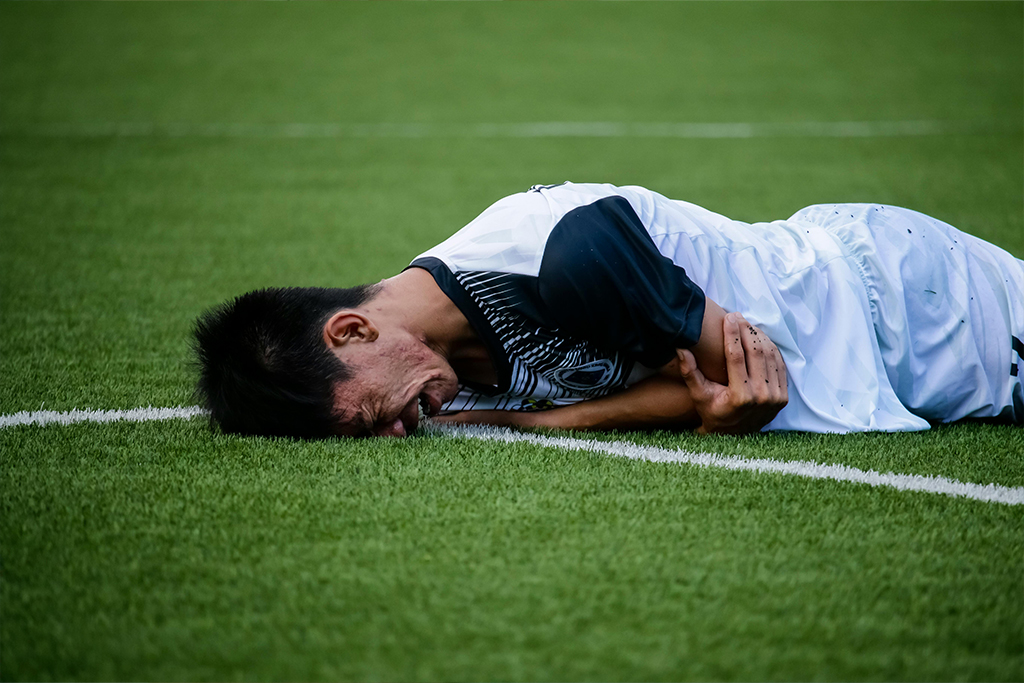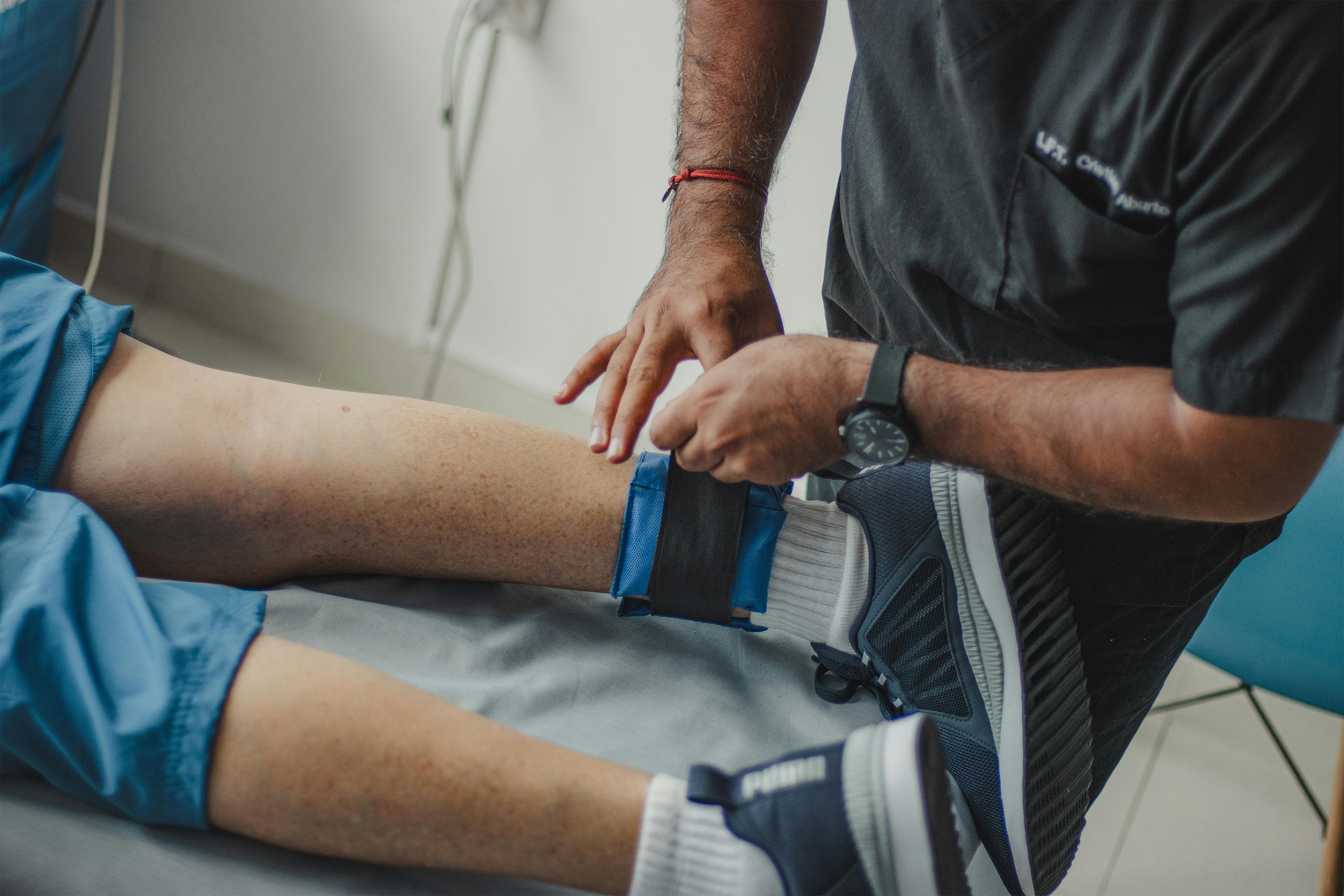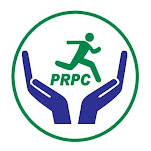Whether you're a professional athlete or a weekend jogger, sports injuries can occur unexpectedly. They often result from overuse, improper technique, lack of warm-up, or sudden impact. Fortunately, physiotherapy offers effective ways to treat and prevent these injuries, helping athletes recover faster and return to their activities safely.
Physiotherapists treat a wide variety of sports-related injuries. Some of the most common include:
-
Sprains and Strains – Stretching or tearing of ligaments or muscles
-
Tendinitis – Inflammation of a tendon due to repetitive motion
-
Runner’s Knee – Pain around the kneecap from overuse
-
Tennis Elbow – Pain and inflammation in the forearm tendons
-
Shin Splints – Pain along the shin bone, especially in runners
-
Hamstring Injuries – Tears or overstretching of the hamstring muscles
-
Ankle Sprains – Common in sports that involve jumping or sudden turn


1. R.I.C.E Method (Rest, Ice, Compression, Elevation)
This is the first and most important step immediately after injury. It helps reduce swelling and prevents further damage.
2. Don’t Push Through the Pain
Pain is your body’s warning signal. Continuing to train on an injured area may worsen the condition and prolong recovery.
3. Get a Professional Assessment
A physiotherapist can diagnose the injury accurately and create a personalized recovery plan based on your sport and goals.
4. Use Taping or Bracing if Needed
Supportive tools like kinesiology tape or braces can stabilize the injured area, reduce pain, and prevent reinjury.
5. Gradual Return to Sport
Don’t rush back. Physiotherapists recommend a gradual return through progressive exercises that rebuild strength and mobility.
6. Strengthen Supporting Muscles
Injury often occurs due to weak surrounding muscles. Rehab includes strengthening exercises to improve overall stability and prevent recurrence.
7. Focus on Flexibility and Warm-Up
Tight muscles are more prone to injury. Regular stretching and a proper warm-up routine can significantly reduce risk.
Manual Therapy – Hands-on techniques to relieve pain and restore movement
Therapeutic Ultrasound – Promotes healing deep within soft tissues
Dry Needling – Targets muscle knots and improves flexibility
Electrical Stimulation (TENS) – Reduces pain and boosts muscle function
Balance and Coordination Training – Crucial for preventing future injuries


Always warm up and cool down properly
Stay hydrated during physical activity
Wear proper footwear and sports gear
Listen to your body and rest when needed
Cross-train to avoid overuse injuries in one area

